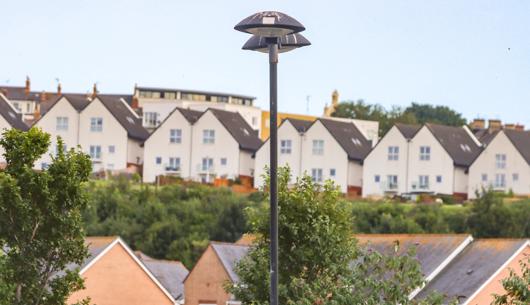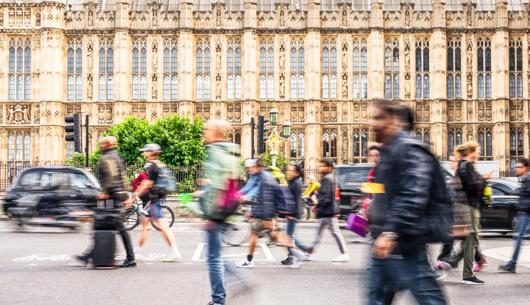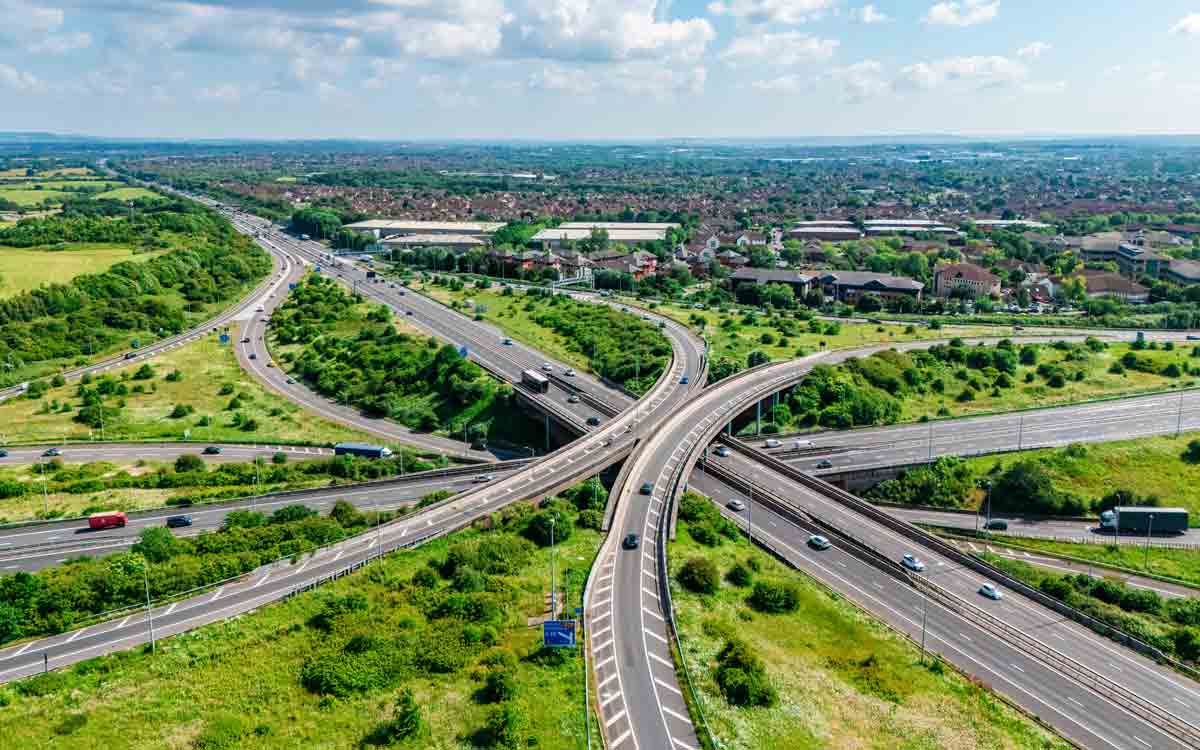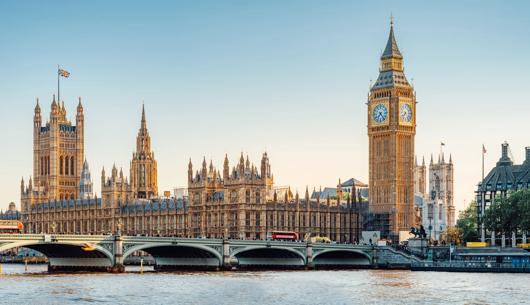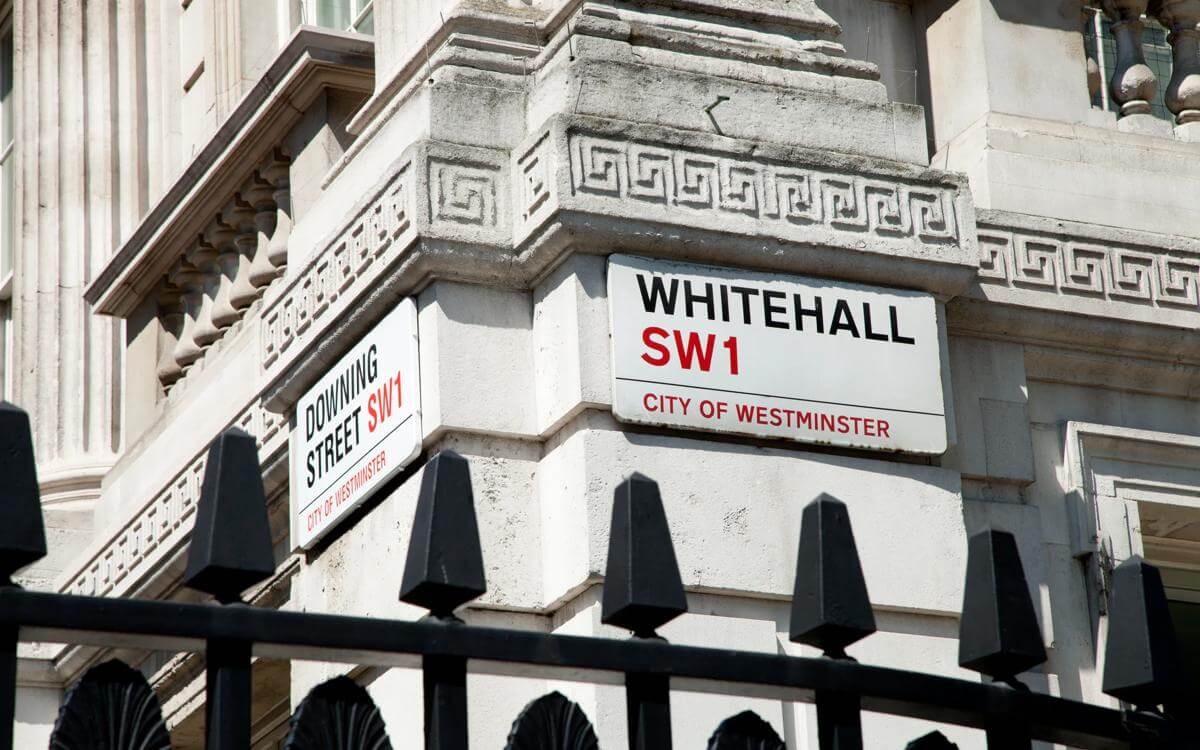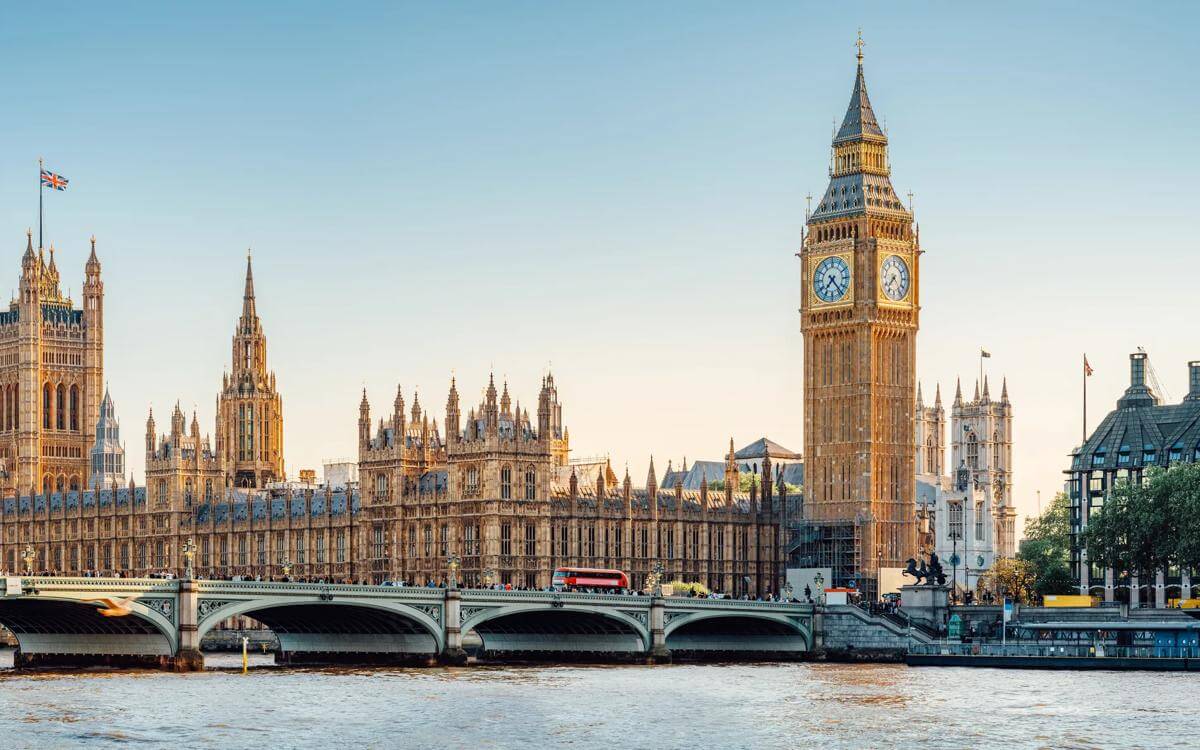The role of local government and the UK EV Infrastructure Strategy
With a view to tackling this increasing threat to climate change, the Department of Transport has published the UK Electric Vehicle (EV) Infrastructure Strategy, setting out the UK Government’s vision to implement a vast number of public chargepoints across the UK.
Transport is now the UK’s largest emitting domestic sector, with a staggering 91% of emissions coming from road transport. With a view to tackling this increasing threat to climate change, the Department of Transport has published the UK Electric Vehicle (EV) Infrastructure Strategy, setting out the UK Government’s vision to implement a vast number of public chargepoints across the UK in an effort to further drive zero emission motoring, improve public infrastructure to encourage consumers to switch, and meet its commitments to reach net zero emissions by 2050 and stop sales of new petrol and diesel cars and vans by 2030.
To ensure the success of this strategy and meet its commitments, the Government is intending to have 300,000 public chargepoints installed across the UK by 2030. To action this, local government will be fundamental to develop chargepoints strategies and scale up the rollout of public chargepoints on local streets. The Government will support local authorities by providing £500m of funding to find innovative ways to increase local chargepoints coverage; £450m to the Local Electric Vehicle Infrastructure (LEVI) fund, giving local authorities the ability to bid for funding for EV charging solutions; and the remaining £50m to support and upskill local authorities on public chargepoint planning and tackling local challenges. Further to this, local authorities will also be expected to:
- Develop and deliver ambitious tailored local strategies that provide scaled, commercially sustainable public charging provision. They should align with wider local transport and energy decarbonisation policies.
- Ensure clear ownership and resourcing of the planning and delivery of EV charging infrastructure rollout.
- Ensure local chargepoints are inclusively designed and accessible for residents, businesses and visitors, and in line with legal obligations.
- Ensure internal processes for the installation of chargepoints (for example grant permissions) are efficient, fast and easy to navigate.
Some of the key challenges will be to ensure user convenience and choice to engage consumers and residents to follow suit. The report highlights a number of issues which local authorities will need to consider when implementing the strategy. For example, not every house has off street parking, so to make it more convenient for everyone there will need to be a focus on installing more on-street chargepoints with chargers being integrated into lamp posts and parking bays, providing convenient and affordable charging, ideally on the street where residents live. On the flip side, with the increase of chargepoints on local streets, special care will need to be taken to minimise pavement clutter, prevent trip hazards for pedestrians and stop new EV charging bays impeding bus and cycle lanes, which will also allow for growth alongside other zero emission or low emission forms of travel, which consumers are also more encouraged to use. The Government is also mandating chargepoint operators provide real time reliable data to allow consumers to compare prices as well as streamline payment options for further ease. Finally, more rapid charging points on motorways and major A-roads will be needed for those making longer journeys.
To aid the practical challenges for local delivery, the Government has/will be launching:
- A local government knowledge hub launched on the Government website with consolidated guidance including local strategies, planning, regional collaboration and procurement tools.
- A Crown Commercial Services framework for LAs to use to procure commercial partners.
- A local authority toolkit with guidance on topics such as electric car club and fleet electrification – to help build business cases, develop innovative policies, secure funding and deliver measures on the ground.
- An EV Infrastructure guide for Local authorities in partnership with the Institution of Engineering and Technology (IET) to assist with the transition to zero emission vehicles.
It is reassuring to finally see a consolidated strategy for migration to electric vehicles which recognises the importance of charging infrastructure in both encouraging and enabling increased uptake. As with any public infrastructure, coordination by local government will be vital in delivering this strategy at a regional and local level, so it is reassuring to see this recognised and supported by central government.











